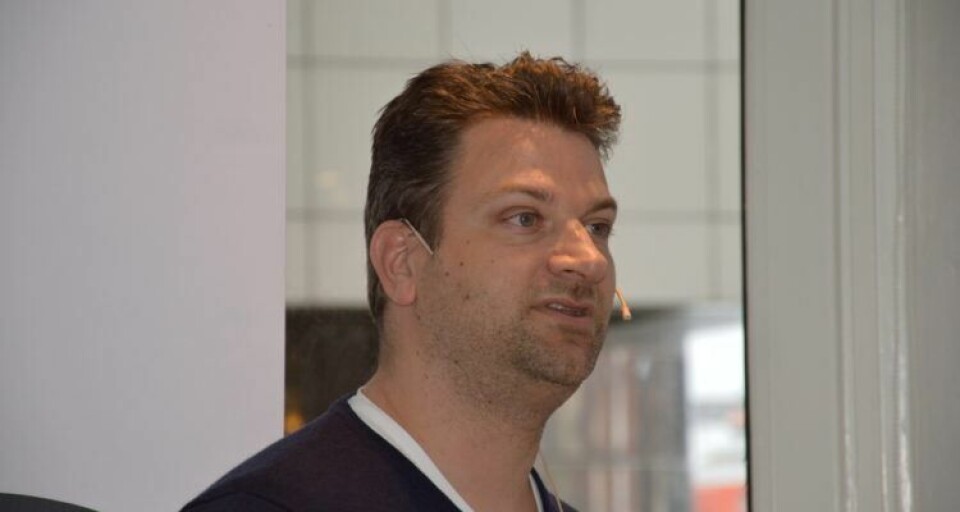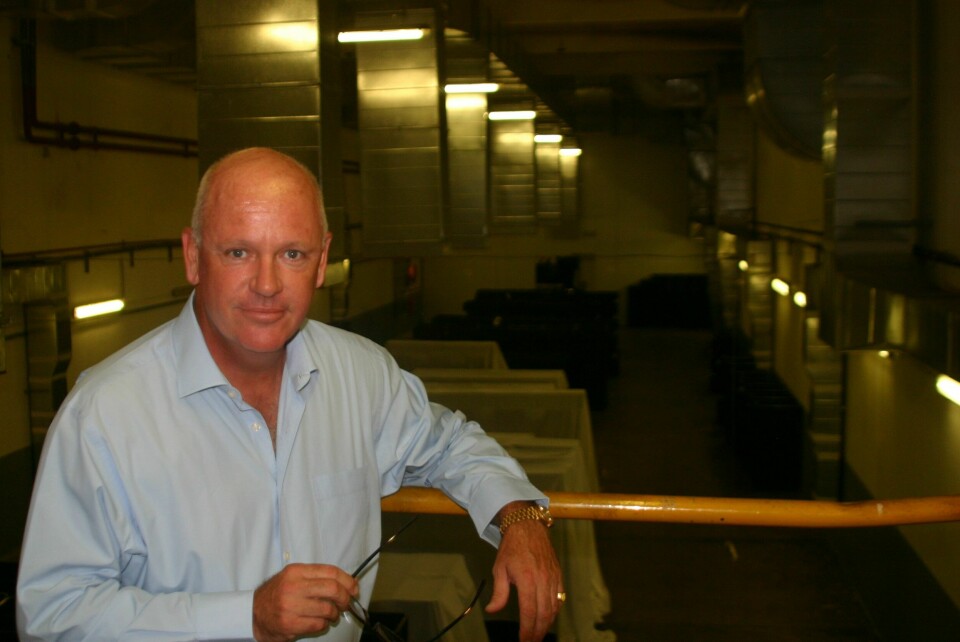
'No difference' in fishmeal and insect meal feeds
Salmon that were given feed in which fishmeal was completely replaced with insect meal had the same appetite and grew just as well, researchers have said.
Erik-Jan Lock, head of research at NIFES, Norway's National Institute of Nutrition and Seafood Research, told kyst.no: "We saw no negative influence on the growth of the fish in either sea or fresh water. They ate as usual and grew from 1.2kg to almost 4kg of feed with insect meal."
Lock has participated in a project called AquaFly, which tested feed in which all the fishmeal was replaced with insect meal. The project was completed last week.
Feed products made from insects have been legal in the EU since July 1, but have only been allowed in Norway since last Saturday. Lock said there would have to be more than 40,000 tonnes available per year for the industry to be able to use it.
"Another important aspect is, of course, the price," he added.
UK factories planned
The researcher said there are currently several larger companies in Europe, including in France, making large investments in order to start up production of insect meal on a larger scale. The same applies to Asia.

AgriProtein, which describes itself as the world's biggest fly farmer, moved its HQ from South Africa to London in July to take advantage of the change in EU rules. It aims to have factories up and running in the UK within three years to supply the aquafeed market, and plans to build a network of 100 insect protein factories by 2024 and 200 by 2027.
The company's chief executive, Jason Drew, said: "We have had considerable interest in insect meal from the salmon industry in South America and will start further trials in Europe early next year.
"We are also working with the shrimp industry in Asia and the Middle East. We have committed to build seven plants in 2018 and 2019, each of which will produce circa 50 tonnes of larvae per day."
He added: "We believe that replacing fishmeal with natural insect protein is part of the solution to our growing protein deficit in animal feeds."
Protein 'fingerprint'
NIFES researcher Lock is also project leader for another project, Entofor, working to analyse insect meal. There are currently only seven species permitted for use in insect meal. This project will develop a method to check that it's right kind of meal used, and that it does not contain illegal proteins.
"We take a sample of the meal and identify its protein profile, just like a fingerprint. Then we can see if it is contaminated by other species or not. For example, protein from cattle is not allowed in meal," he said.
"This is important in terms of food security, and for companies that want to take advantage of insect meal."
As a scientist Lock believes the industry is facing exciting times, and that in the future proteins from other sources that have not been thought of yet will probably be able to be used.
"It always takes time before such things are accepted. It's also made with insects. But it is a matter of course that fish eat insects, really. And now we have proven that it works," he said.























































